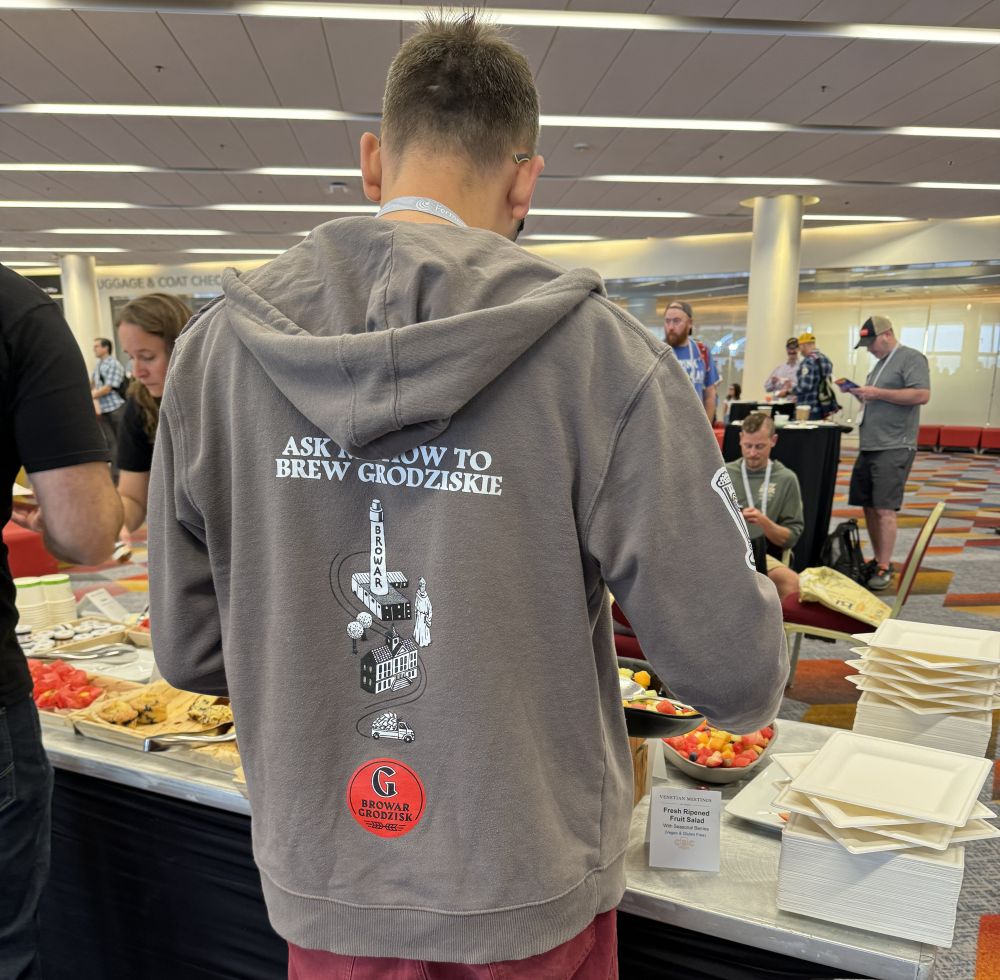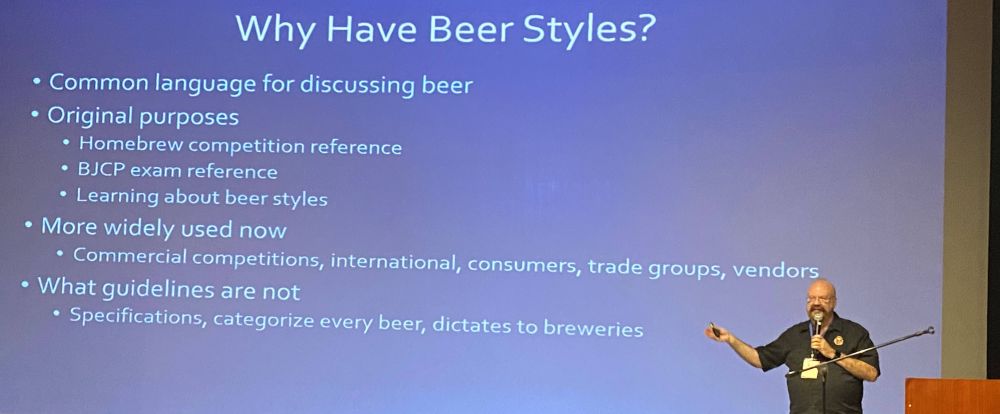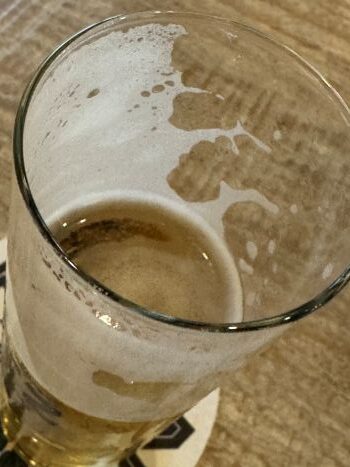
I did not receive the press release about how Sam Calagione (Dogfish Head), Bill Covaleski (Victory Brewing), and Greg Koch (Stone Brewing, now retired) are “bringing their legendary friendship, their boundary-busting brews, and a rock-and-roll spirit that can’t be tamed” to Manhattan later this month. But you may read the basics and the astonishing verbiage here.
I’m sorry, but although these are founders of breweries that make really good beer who have spent decades in the trenches (and, full disclosure, Sam Calagione wrote the foreword for “Brewing Local”) I won’t be booking a flight to be there June 26.
For one thing, that poster is, well, I have no words — particularly because I know the lay of the nearby land and Beer Authority is a short walk from Madame Tussaunds wax museum. From the get go, breweries such as Victory and Dogfish Head, have emphasized “authenticity.” Granted, I’ve been in a Madame Tussaunds once in my life, decades ago, but nothing about it felt real to me.
What does these days? This, for instance.


